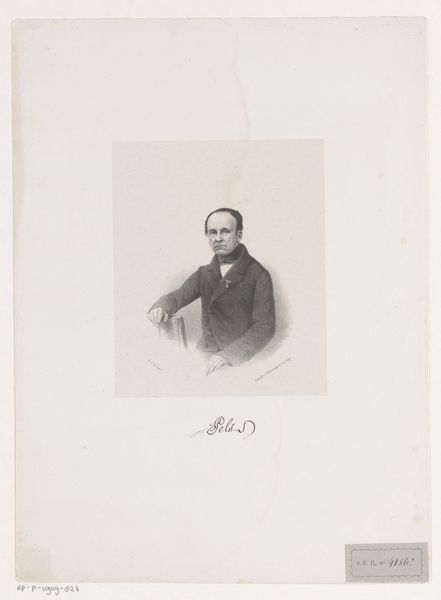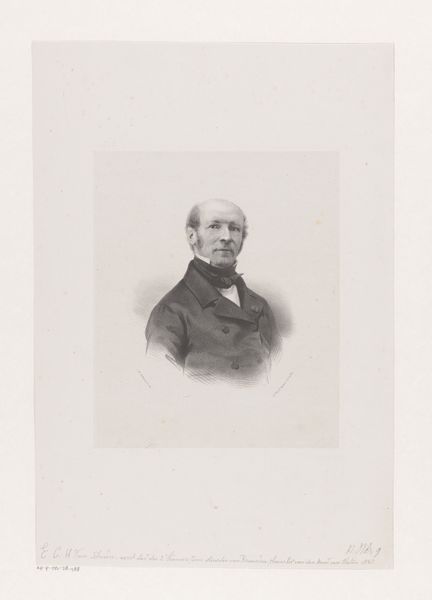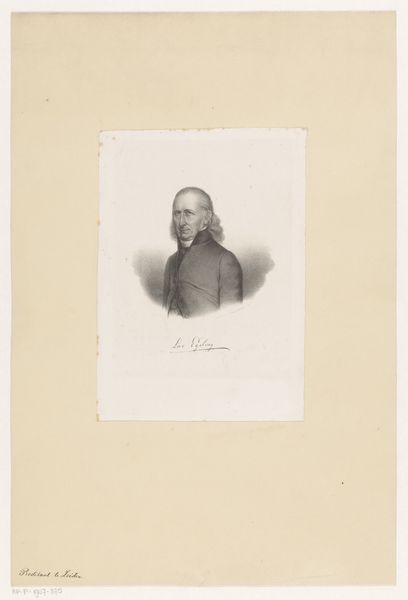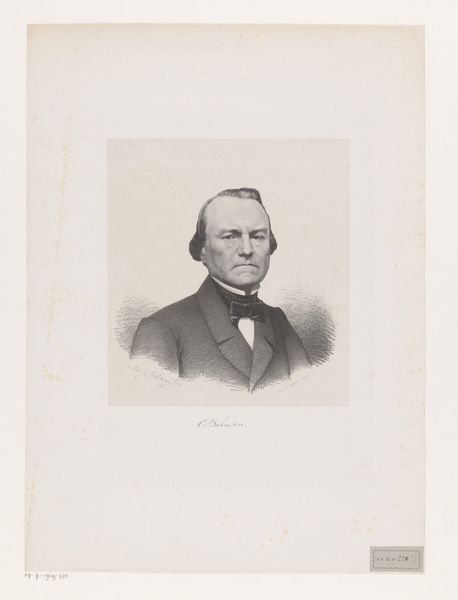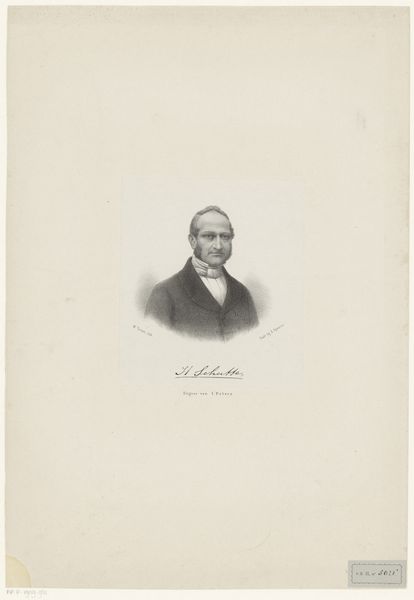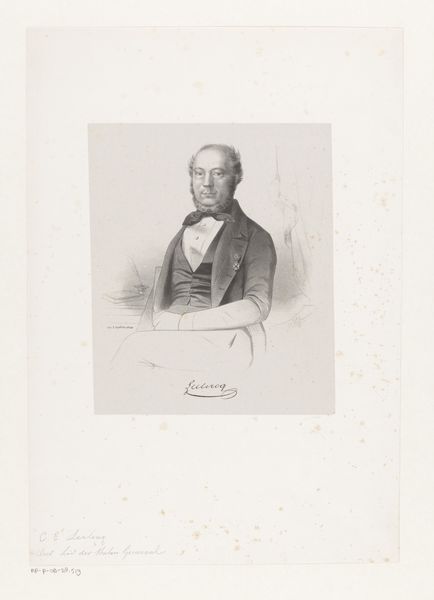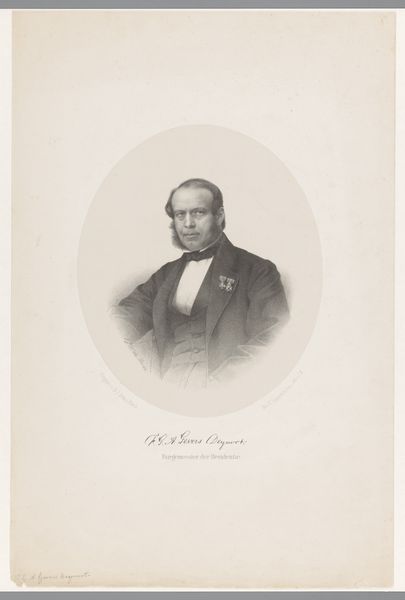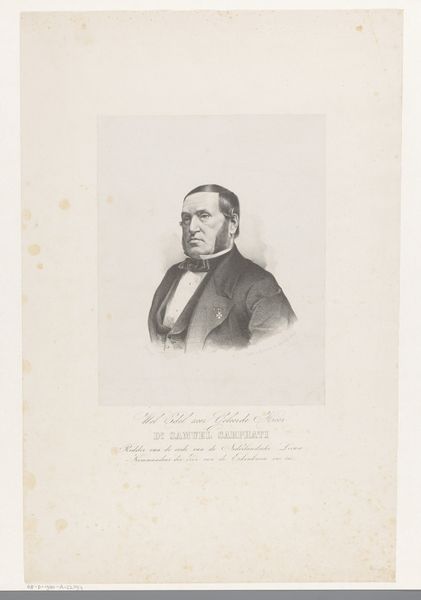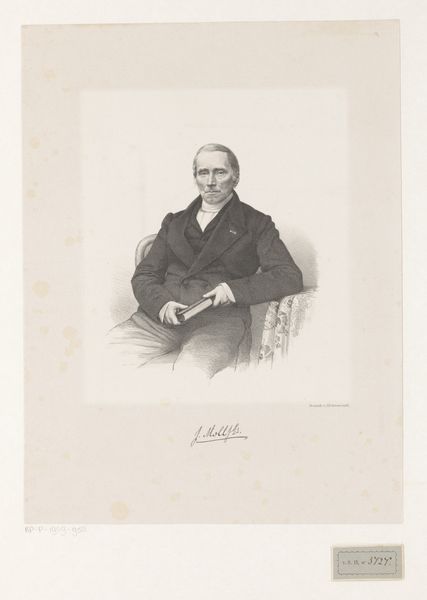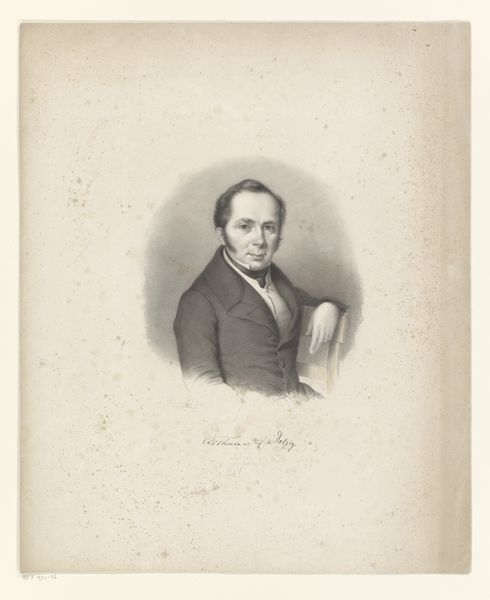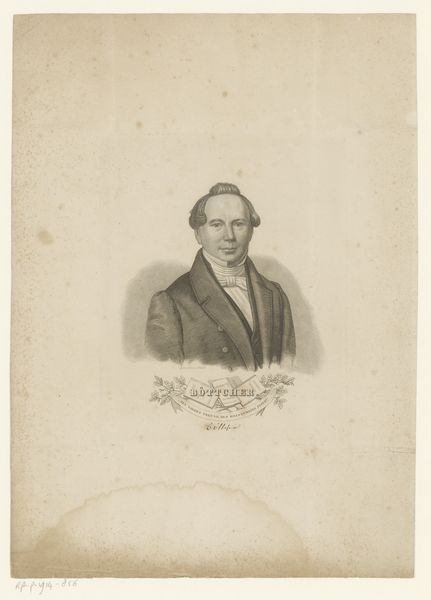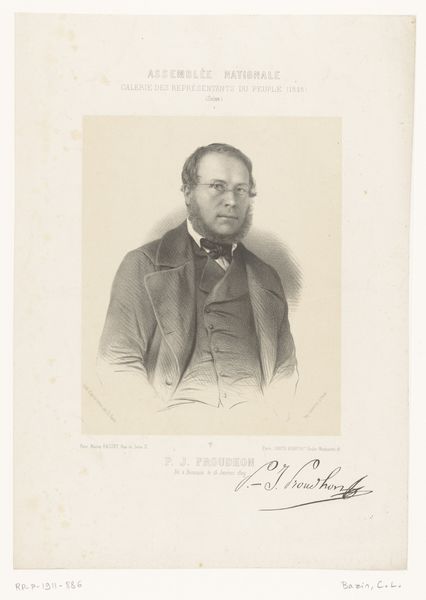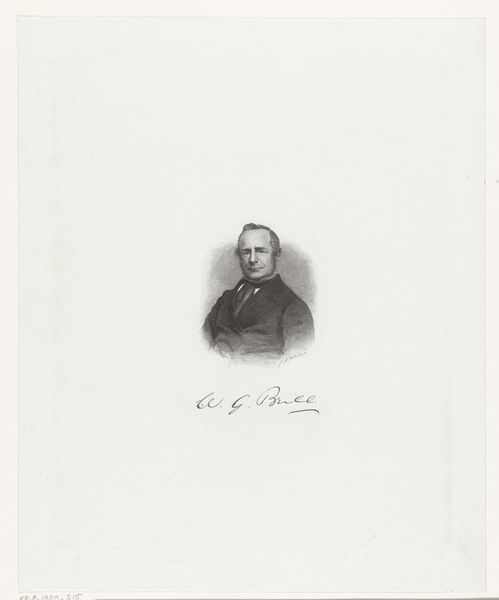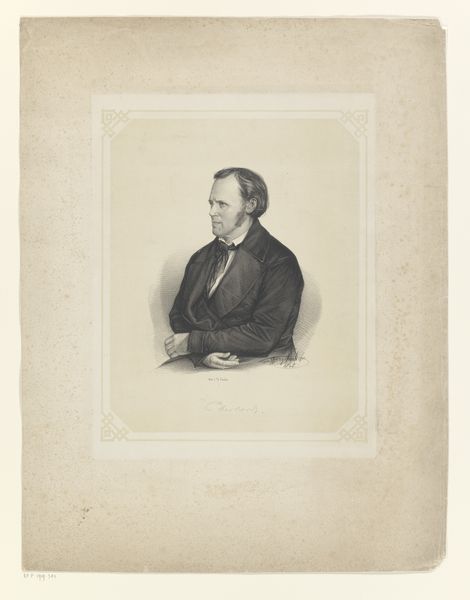
drawing, pencil, graphite
#
portrait
#
pencil drawn
#
drawing
#
light pencil work
#
pencil sketch
#
pencil
#
graphite
#
pencil work
Dimensions: height 203 mm, width 138 mm
Copyright: Rijks Museum: Open Domain
This is a portrait of Edmond de Coussemaker, rendered by Louis-Joseph Isnard Desjardins through engraving. Notice the sitter’s attire, particularly the cravat. Throughout history, the wearing of a cravat was a symbol of refinement, intelligence, and, crucially, social status. The cravat traces its origins to the Croatian mercenaries who served in France during the 17th century. Their neckwear, practical against the elements, was soon adopted by the French elite as a symbol of prestige. This practical garment morphed into a complex marker of identity, from a symbol of military prowess, to being a symbol of upper-class elegance. We see it also in self-portraits of artists like Rembrandt, and in the portraits of political figures like those from the French Revolution. The cravat, like so many symbols, shows the cyclical nature of fashion, and the human desire to signify status and belonging.
Comments
No comments
Be the first to comment and join the conversation on the ultimate creative platform.
